SGS1 / YMR190C Homology
- Standard Name
- SGS1 1
- Systematic Name
- YMR190C
- SGD ID
- SGD:S000004802
- Feature Type
- ORF , Verified
- Description
- RecQ family nucleolar DNA helicase; role in genome integrity maintenance, chromosome synapsis, meiotic joint molecule/crossover formation; stimulates activity of Top3p; rapidly lost in response to rapamycin in Rrd1p-dependent manner; forms nuclear foci upon DNA replication stress; yeast SGS1 complements mutations in human homolog BLM implicated in Bloom syndrome; also similar to human WRN implicated in Werner syndrome; human BLM and WRN can each complement yeast null mutant 2 3 4 5 6 7 8 9 10 11 12 13
- Name Description
- Slow Growth Suppressor
- Comparative Info
-
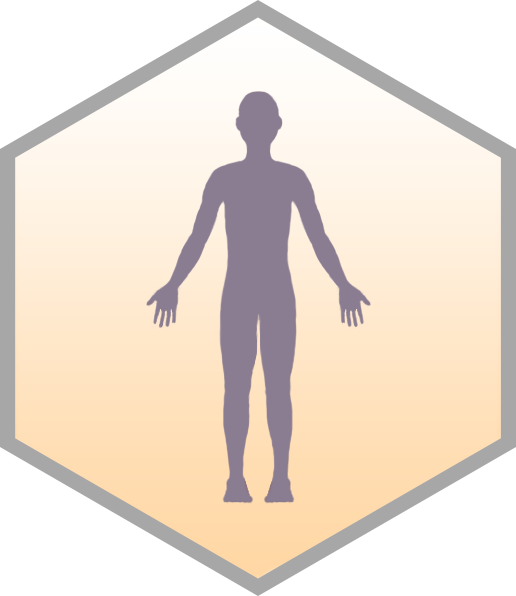
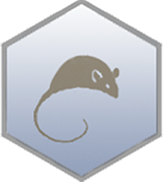
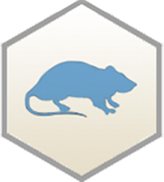
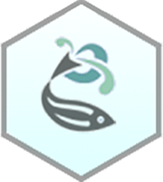
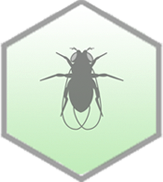
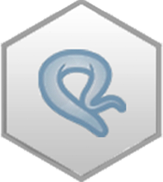
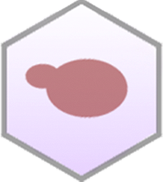
Homologs
Homology calls are sourced from the Alliance of Genome Resources. Many aspects of data integration presented at the Alliance require a common set of orthology relationships among genes for the organisms represented, including human. The Alliance provides the results of all methods that have been benchmarked by the Quest for Orthologs Consortium (QfO). The homolog inferences from the different methods have been integrated using the DRSC Integrative Ortholog Prediction Tool (DIOPT), which integrates a number of existing methods including those used by the Alliance: Ensembl Compara, HGNC, Hieranoid, InParanoid, OMA, OrthoFinder, OrthoInspector, PANTHER, PhylomeDB, Roundup, TreeFam, and ZFIN.
Increase the total number of rows showing on this page by using the pull-down located below the table, or use the page scroll at the table's top right to browse through its pages; use the arrows to the right of a column header to sort by that column; filter the table using the "Filter" box at the top of the table.
| HOMOLOG ID | Species | Gene ID | Gene name | Source |
|---|
Functional Complementation
Information about cross-species functional complementation between yeast and other species, curated by SGD and the Princeton Protein Orthology Database (P-POD).
Increase the total number of rows showing on this page by using the pull-down located below the table, or use the page scroll at the table's top right to browse through its pages; use the arrows to the right of a column header to sort by that column; filter the table using the "Filter" box at the top of the table.
| Complement ID | Locus ID | Gene | Species | Gene ID | Strain background | Direction | Details | Source | Reference |
|---|
Fungal Homologs
Fungal Homology calls are sourced from AllianceMine, which compiles fungal homology calls from FungiDB, CGD, Panther, PomBase, TreeFam, HomoloGene, and SGD.
Increase the total number of rows showing on this page by using the pull-down located below the table, or use the page scroll at the table's top right to browse through its pages; use the arrows to the right of a column header to sort by that column; filter the table using the "Filter" box at the top of the table.
| HOMOLOG ID | Species | Gene ID | Gene name | Description | Source |
|---|
External Identifiers
List of external identifiers for the protein from various database sources.
Increase the total number of rows showing on this page by using the pull-down located below the table, or use the page scroll at the table's top right to browse through its pages; use the arrows to the right of a column header to sort by that column; filter the table using the "Filter" box at the top of the table.
| Alias ID | External ID | Source |
|---|
Resources
Homologs
AGD | AnalogYeast | BLASTP at NCBI | CGD | FungiDB | PhylomeDB | PomBase | YGOB | YOGY
Protein Databases
AlphaFold Protein Structure | GPMDB | ModelArchive | Pfam domains | SUPERFAMILY | TopologYeast | UniProtKB
Localization
CYCLoPs | dHITS | LoQAtE | YeastGFP | YeastRC Public Images | YeastRGB | YPL+
Post-translational Modifications
CoSMoS.c. | PhosphoGRID | PhosphoPep
S288C only
BLASTN | BLASTP | Design Primers | Restriction Fragment Map | Restriction Fragment Sizes | Six-Frame Translation
S288C vs. other species
BLASTN vs. fungi | BLASTP at NCBI | BLASTP vs. fungi